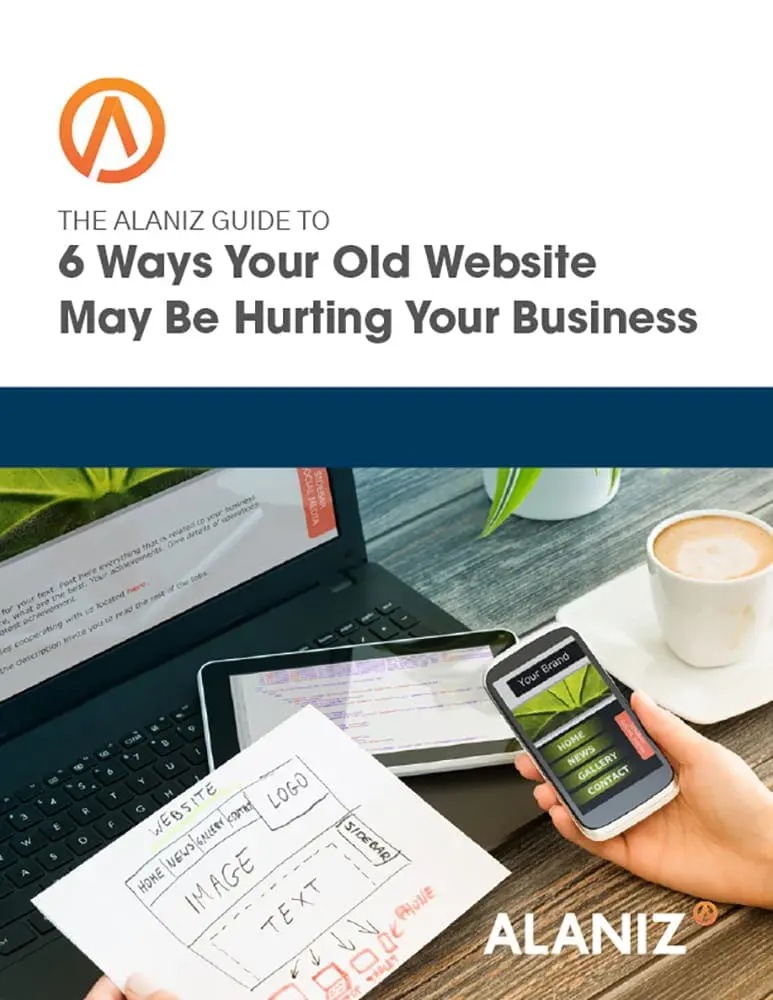According to Adweek, 94 percent of B2B buyers research online before contacting a supplier. CEB Gartner finds that B2B buyers spend the first two-thirds of their buyer’s journey online before they choose which supplier to contact. These facts make high quality, optimized, B2B websites more important than ever. If you’re contemplating redesign your website, you might want to read The Most Important Part of Web Design is Strategy.
B2B Web Design
B2B selling and B2B web design differ from consumer selling and web design in some fundamental ways. Most large B2B purchases involve longer sales cycles, multiple decision makers, and a more careful decision-making process. Businesses purchase products because they have to. The don’t shop for fun. Consumers often purchase products because they want to. Consumer purchases tend to be more impulsive and emotion-driven.
The B2B Difference
This fundamental difference in the approach to buying should be reflected in your web design. There are some basic principles that should be applied in the design. These include:
- Map the buyer’s journey. The typical B2B buyer goes through three stages of decision making: 1) Awareness that they have a problem and validation that there are solutions; 2) Consideration and comparison of the various solutions that are out there; and 3) Decision and purchase of the preferred solution. You need to have material and calls to action for each of these phases. You’ll need high-level educational information about the problem you solve; mid-level material about the various options and how yours compares (and who it is right for); and an easy way for the visitor to buy online or contact a sales representative.
- Help don’t sell. Businesses aren’t looking for a sales pitch. They are looking to solve a problem as efficiently as possible. Create content that will inform and educate and you will build trust with visitors. This is especially important for visitors that are at the top of the sales funnel. Offer tutorials, how-to guides, price calculators and other tools that will help buyers conduct their research.
- Keep it short and direct. Business buyers don’t shop for entertainment. Eliminate unnecessary images and text. “Less is more” is a good motto here. Minimalism delivers a user experience that business buyers will appreciate. Unfortunately, many B2B websites do the opposite–thinking that their visitors are industry experts who will want detailed technical information. They might, but this information is more important later in the buying cycle. You can have that kind of material on your site, but don’t lead with it.
- Show don’t tell. Avoid lengthy descriptions and uses images, video, animation to tell your story. Testimonials are great too–especially video testimonials where visitors can see a real person standing up for your company. Product reviews, awards, and other third-party validation of your business builds trust faster than any promotional material. Showing short-cut images like five-star reviews and award badges create immediate credibility.
- Be honest. No product is right for everyone. The more precise you can be about who will benefit most from your product, the faster you will attract the right buyers. You’ll also avoid wasting the time of your visitors and your sales team by generating unqualified leads. Check out this article, How Inbound Marketing Taught Me to Tell the Truth.
- Be accessible. As visitors move down the sales funnel, they’ll get to the point where they want to talk to someone at your company. Place calls to action on every page, have a click-to-dial phone number (especially important for mobile users), and implement live chat if you can. Forrester Research found that 44 percent of online consumers consider having a live person to talk to while making an online purchase one of the most important features a website can have.
Honesty and Clarity
B2B marketing rewards honesty and clarity. The more clear you can be about what your business offers and who can benefit it, the easier you make it for people to opt-in (or out) for more information. The more respectful you can be of the buyer’s journey, the more effective your website will be. Follow these principles and you will be much more effective at attracting visitors to your website, and nurturing the right visitors into customers. To learn more about web design best practices see the Ultimate Guide to Web Design and Development.




